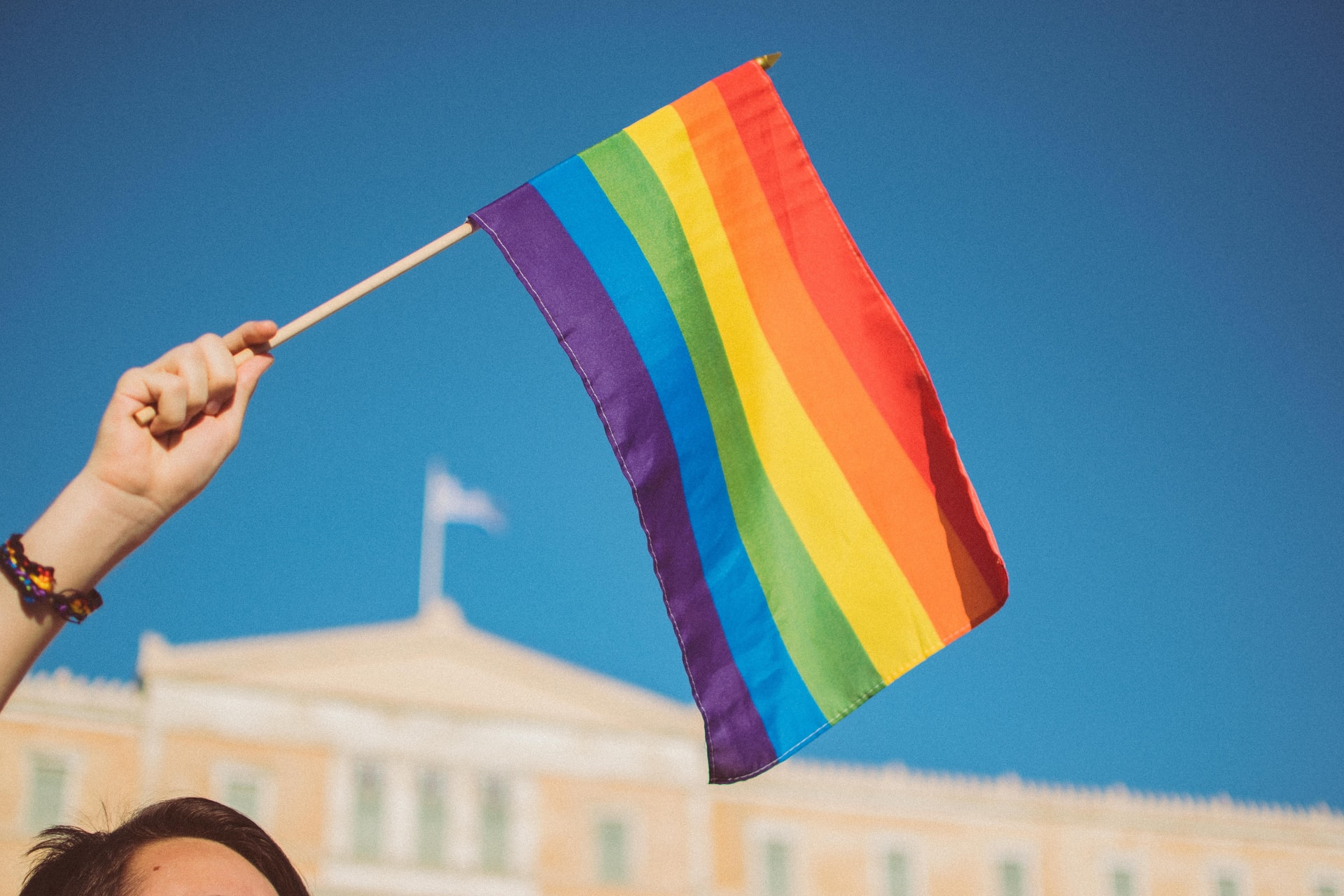Some may argue that it is possible to be trans but not identify with the LGB or LGBTQ communities. Mr Smith suggests that it is possible to identify with a broader group, avoiding the issue of gender identity. While transsexuality has become a common part of a person’s life, not everyone has taken the time to fully embrace it. Some transgender people may not even care that they are trans.
Transgender people should self-identify as transgender
Being transgender can be difficult, and self-identification is vital. Some people have to struggle for years to realize they are transgender. While others are aware of their gender identity as a child, the realization can occur only after a lifelong struggle. If you are struggling to make friends and navigate a social environment, self-identification is key. Listed below are some reasons why it is important for you to self-identify as transgender.
Gender self-identification is an essential step in legal sex change for trans people. This can also help to improve the treatment of transgender individuals. Self-identification allows for a legal sex change without having to go through medical hoops. Approximately 60-90% of children do not self-identify after reaching puberty. But this doesn’t mean you should stop trying to make the transition.
Gender dysphoria
There is an important distinction between being trans and being gay. Being gay is being attracted to people of the same sex, whereas being trans means feeling uncomfortable with your assigned gender. However, while being gay is not as prevalent as being trans, it is often depicted in media. This is important to understand, as it can lead to severe psychological and emotional distress. It can also lead to poor self-esteem and a negative self-image.
Despite its common name, gender dysphoria is a condition wherein a person feels dissatisfied with their gender identity. This dissatisfaction can occur at any stage of life, including early childhood and adulthood. People suffering from this condition often consider themselves transgender, and seek treatment based on their gender identity. Whether you are trans or not, there are a number of services available to help you live a happy life as a trans person.
Gender identity
Many people who are trans identify from a young age. Others may only realize that they are trans in their later life. Either way, it’s important to remember that being trans is not a lifestyle choice or a fad. Transgender people are human beings and deserve the same respect and dignity as anyone else. But for some people, the idea of not being accepted as their new gender can be damaging.
Some people may be trans but not lgbt, or vice versa. The latter category can lead to misunderstanding and mistreatment, and can be counterproductive to the transgender community’s efforts. Some participants report mistreatment, including deadnaming, in which they’re called by their old name before transitioning. Other transgender people report harassment, sexual assault, and discrimination.
Sexuality orientation
Gender identity and sexual orientation are different things. While you can have a sexual orientation and be gay, you can also be bisexual. Gender identity refers to an individual’s internal sense of self. People who identify as bisexual do not have equal experiences with people of other genders. They may have a romantic attraction for someone who has a certain label. People who are transsexual sometimes choose to disclose their identity.
The scientific community has come around to accepting that people may be trans, and homosexuality has no relation to gender identity. Still, the lack of education about gender identity makes it difficult for trans people to come out to their families and friends. As Ziegler’s story demonstrates, there is still a lot to learn about gender identity and sexual orientation. But you can begin by learning more about your own experience.
